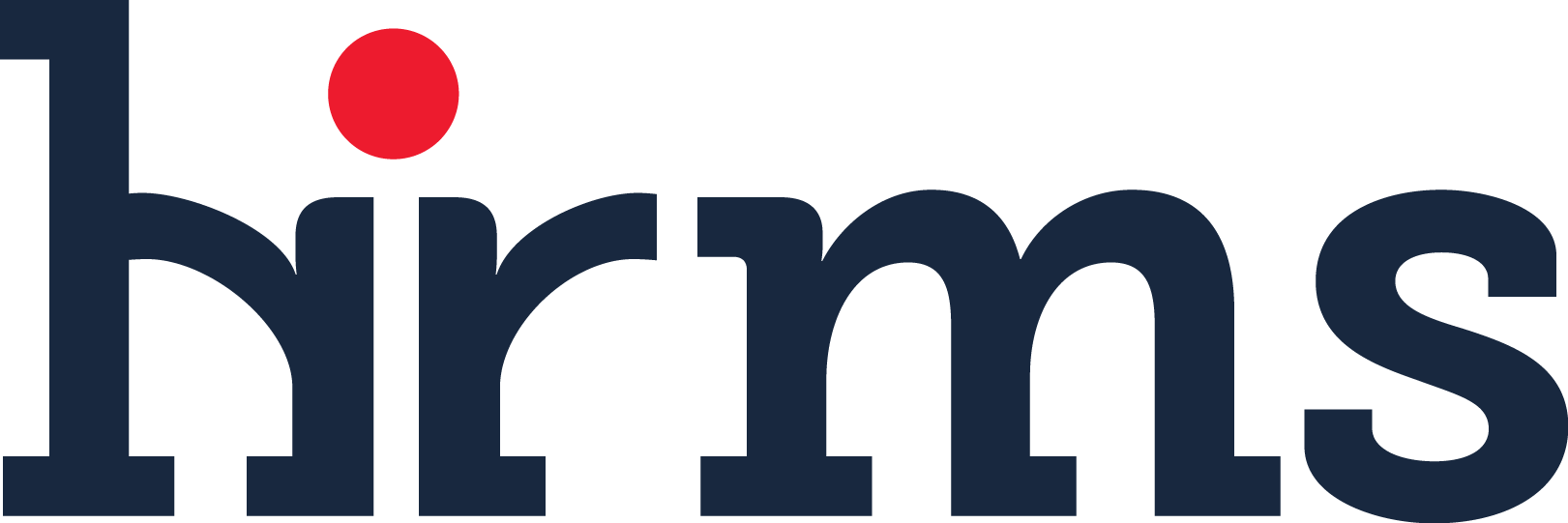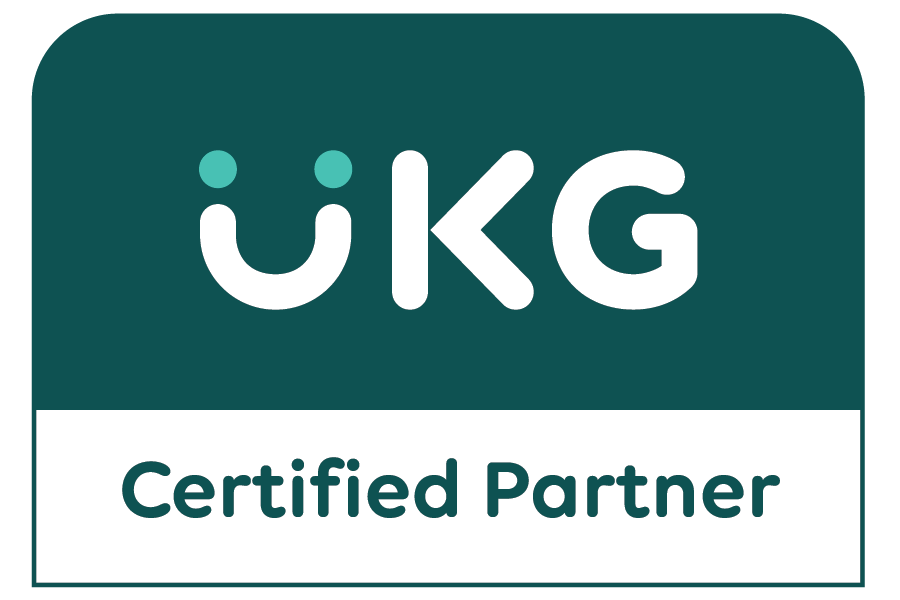3 Stages of the HCM Demonstration – Stage 1 of 3
Many of the suggestions and recommendations listed below could apply to other types of SaaS software besides HCM (Human Capital Management), but this blog series is intended for HR, IT and payroll professional looking to make a change with their HRIS, Payroll, Time and Talent Management software and looking for advice or best practices to properly prepare and evaluate vendors and their solutions. As experienced HCM Advisors who assist clients on a regular basis with the evaluation of solutions and selection of a HCM vendor, there are three primary stages in planning and evaluating the HCM demonstration.
Stage 1 – Planning and Preparation
Stage 2 – The HCM Evaluation
Stage 3 – Post Demonstration Follow-Up
To keep it simple; there is a beginning, a middle and an end to the entire process. We actively utilize these three stages and believe in this process for our own HR Technology Advisory Services projects. We hope this process provides you and your team with insight to get ready for your own HCM demonstration.
Stage 1 – Planning and Preparing for the Vendor Demonstration
-
Research Before Vendor Demonstrations
To begin the process, we recommend performing some research prior to any demonstrations. This pre-demonstration research can include visiting each vendor’s website to read their online company and solution information (e.g. application datasheets, company philosophy or mission, recent press releases, etc.), reviewing the vendor’s social media posts (e.g. Twitter and LinkedIn), and peer review platforms such as G2Crowd, TrustRadius or Software Advice. This research will provide your team with an initial foundation and enable you to have initial questions and/or concerns prepared to discuss with the vendor.
-
Sign an NDA (Non-Disclosure Agreement)
 As you prepare to exchange information about the inner workings of your firm, and the sharing of confidential information, it is better to be legally safe than sorry later. And depending on the vendor and the depth of their presentation, they may even present you with an NDA to sign. Overall, we just think it’s a good idea to execute a mutual NDA agreement with each vendor making a presentation to your firm.
As you prepare to exchange information about the inner workings of your firm, and the sharing of confidential information, it is better to be legally safe than sorry later. And depending on the vendor and the depth of their presentation, they may even present you with an NDA to sign. Overall, we just think it’s a good idea to execute a mutual NDA agreement with each vendor making a presentation to your firm.
-
Educate the Vendors on Your “Current” and “Future” State
In order for the vendor to provide a meaningful demonstration, investing time with each of the vendors upfront about your “current” and “future” state will significantly help them showcase their solution in the best way possible. Ensure they know your current pain points, your prioritized requirements and your vision with a new HCM solution and partnership. Otherwise, expect the presentation to be ‘canned’ and not very personalized to your specific project objectives. Typically, this initial discovery meeting can be conducted remotely with each vendor via a conference call. For what it is worth, a red-flag would be thrown in the air if any vendor dismisses the request for a discovery conversation.
-
Don’t Require a Scripted Demonstration
We believe the vendor has the ability to showcase their solution better than any advisor, consultant or potential client. Asking a vendor to follow what you think is the right approach to the presentation via a scripted demo never seems to work too well. The overall presentation flow is lacking or broken, the demonstration typically ends up being choppy and it is often times difficult to get a true sense of the solution’s functionality and fluidity when the vendor is required to follow a predetermined path. Providing specific use cases as an alternative to a script will ensure the vendors cover your specific requirements, but affords some flexibility in the presentation for the vendor. If you leave the demonstration up to the vendor, they’ll show you what they want you to see and not necessarily what you need or want to see. That is no criticism of the vendors, that’s just how product presentations and sales work. But again, by providing realistic scenarios or situations in advance you are able to control the demonstration content to some extent, but not impact the entire presentation flow.
-
Ask for a Demonstration Agenda in Advance
After presenting the three or four key real-life business scenarios you want the vendor to cover, request the vendor to provide a demonstration agenda. Not everyone on your team wants or needs to be part of the entire HCM demonstration and by requesting an agenda upfront that outlines the time and content being presented, you will be able to coordinate your resources participation during the time in which the material they have a vested interest is shown. This provides a feeling of inclusiveness by your team members and enables them to have a voice in the decision. Just be cognizant of the fact that vendors will typically try their best to create and adhere to a demonstration time schedule, but depending on your level of involvement and questions during the presentation, the vendor will either take the time to answer all your questions and throw the schedule off or they will inform you of the importance of remaining on schedule and defer questions until later. Be prepared to be a bit flexible.
-
Assemble the Right Resources
We typically recommend four to five groups of participants attend the demonstration: HR, finance, IT, operations and executives. Again, not everyone needs to participate in the entire presentation, but we find the most successful HR technology evaluations are the ones in which each of these business units are and have been represented during the vendor presentation. Not to mention, there is always strength in numbers and team members feel a sense of involvement and some accountability in the project when they are included during the demonstrations. In addition, as this is a people focused or human resource technology endeavor, it is perfectly acceptable and often expected that your HR group is broken down into areas of functional responsibilities (e.g. recruiting, benefits, compensation, training, learning and career development, etc.) for attendance in the demos.
-
Establish Goals and Objectives for Vendor Demonstrations
Rarely do we see a prospect attend one demonstration and execute an agreement shortly thereafter. It happens, but we’d say it’s rare. A more common portrayal of the demo cycle is participation in initial online introductory demonstrations to build a short list of three or four potential solutions to invite back for on-site presentations. Typically, organizations forgo use case scenarios and detailed agendas during these overview presentations. The goal for the first detailed demonstration is to verify vendor viability, preliminary goodness-of-fit and ensure primary functional requirements can be addressed successfully. Potentially your team is able to eliminate one or two vendors from the initial short list. After this first round, it is time to regroup with your team and redefine goals and objectives for the second round of on-site presentations. Yes, on-site presentations. There is no substitute for a face-to-face presentation. We strongly believe you should meet the firm you will be doing business with and making a substantial time, money and people resource related investment. For on-site presentations expect a minimum of two people, a sales person and a pre-sales consultant. With some vendors, it is possible they may send a third or fourth person representing sales management from an executive level perspective and possibly someone from a technical standpoint.
This is always an interesting philosophical type of conversation. When we are working with analytical type people and organizations, the idea of creating a scorecard to rate vendors and their solutions is considered and often times utilized. We could spend an entire blog just discussing the pros and cons of using scorecards, but will save that for another time. Generally speaking, scorecards are a systematic way of ranking and helping ensure that you’re evaluating all the vendors and their solutions equally and objectively. Not to mention provides a decent way to compare the offerings after all the demonstrations have been completed. With other clients, the evaluation process is more of a debrief session after each presentation. Discussing the team’s likes and dislikes, the pro’s and the con’s, and obtaining opinions from the team of each vendor and their product.
There really is no right or wrong way to score, shortlist and eliminate vendors. But knowing how you are going to approach the scoring and shortlisting process before you start any presentations is probably one of the most critical pieces to the HCM evaluation process. Without an agreed upon and communicated approach, we too often see customers ultimately making no decision at all in the end. Yup. No decision after hours, weeks and even months of time.
One additional thing to keep in mind about vendor presentations is that a vendor may have a phenomenal sales person and an amazing pre-sales consultant that can make their product sing. But it is possible that the vendor has a potentially weak solution and/or a volatile company backing the solution. Just imagine hiring a particular candidate who wowed you during the interview process—not because of their skills and experience, but because of their charisma. Do your due diligence or solicit the advice from an advisor with experience in the HR technology industry. From candidates to HCM software, a great presentation doesn’t guarantee a great fit.
Planning and preparing for the HCM Demonstration requires the time and right resource involvement from your organization in order to have a productive session. It makes little sense to rush off to see vendor presentations if executive sponsorship is lacking and budget hasn’t been approved. Once these two pre-requisites have been solidified, things can start moving rather quickly and having a plan in place from day one keeps everyone aligned and focused on the same end goal. Without the proper preparation it is very easy to deviate from the objectives and where you intend the HCM demonstration(s) and project to go. Be mindful of the HCM demonstration items mentioned in this blog and you will mitigate misunderstandings, alleviate confusion, keep frustration amongst your team to a minimum and not have to worry about scratching or postponing your HCM evaluation and acquisition project.
Stay tuned for the second blog in this series looking into the HCM evaluation.






